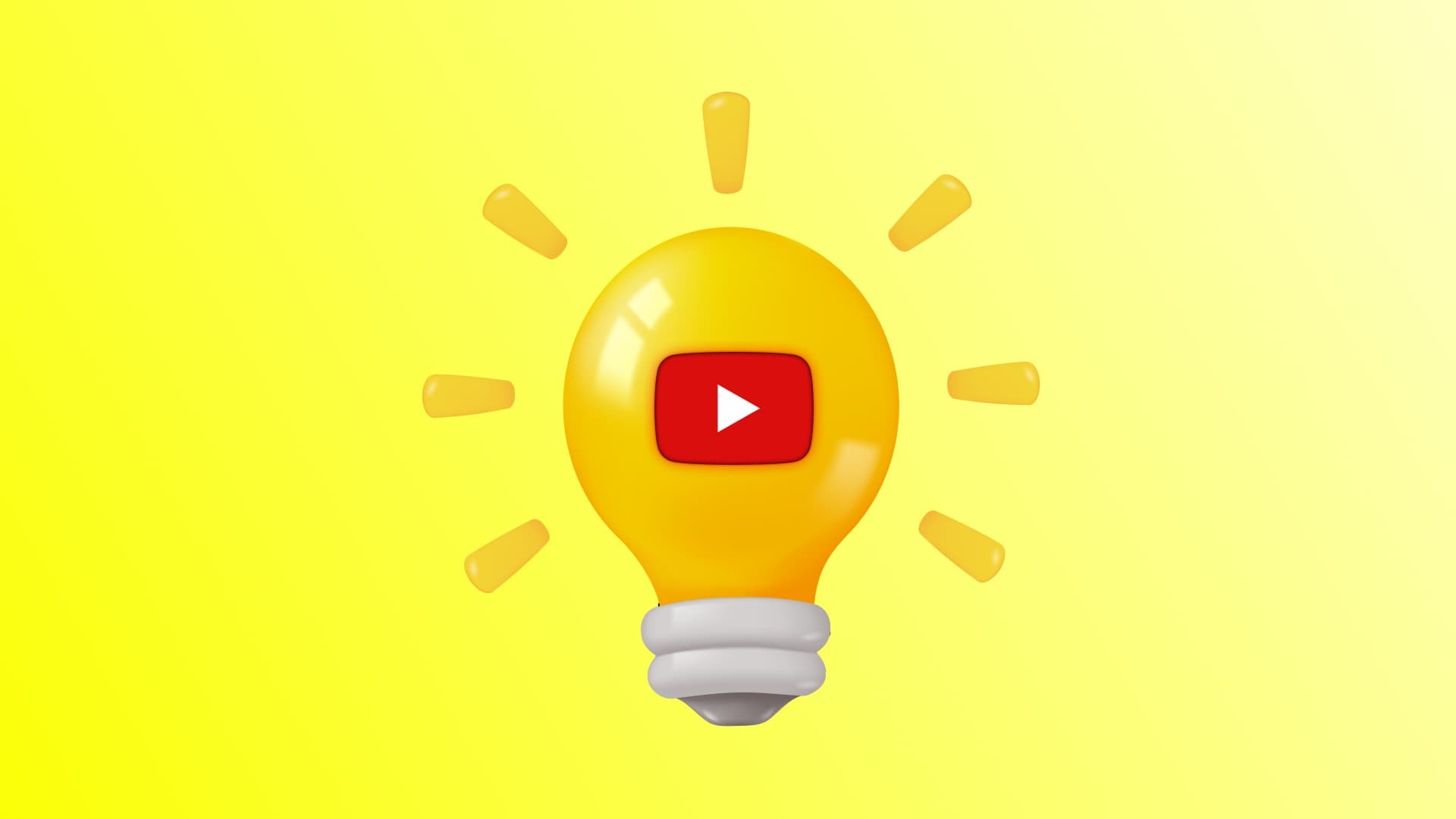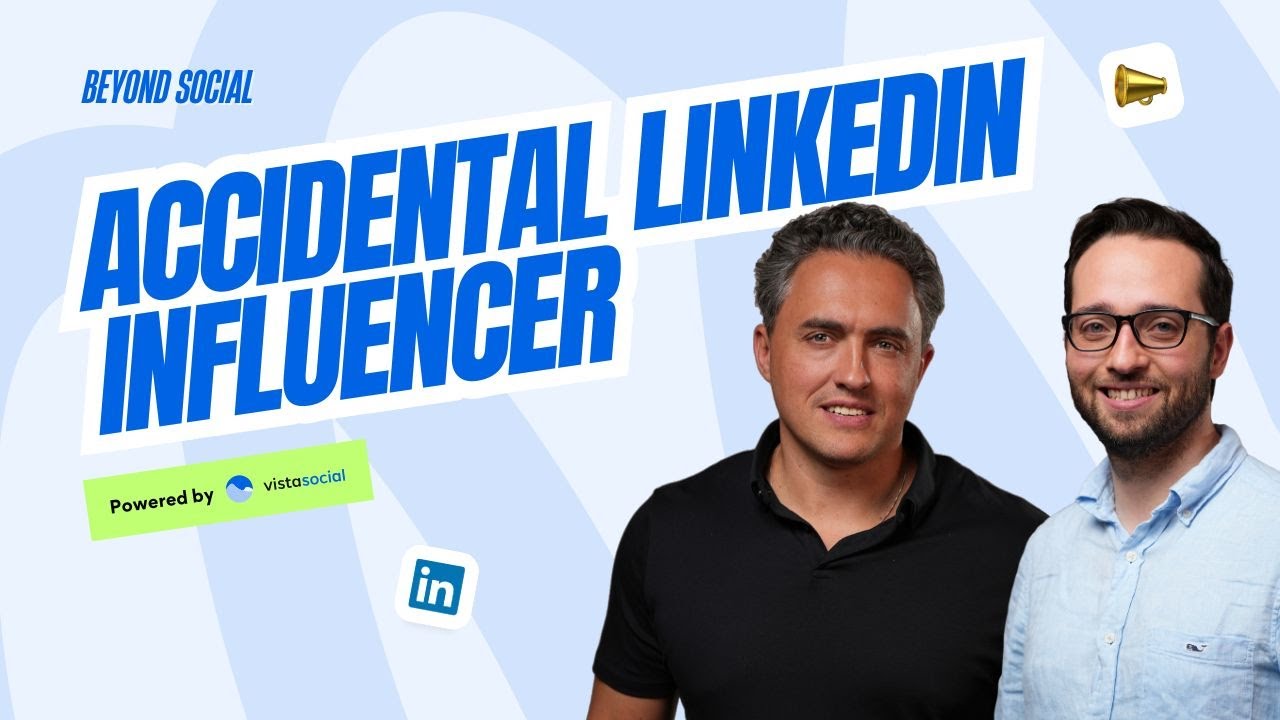New
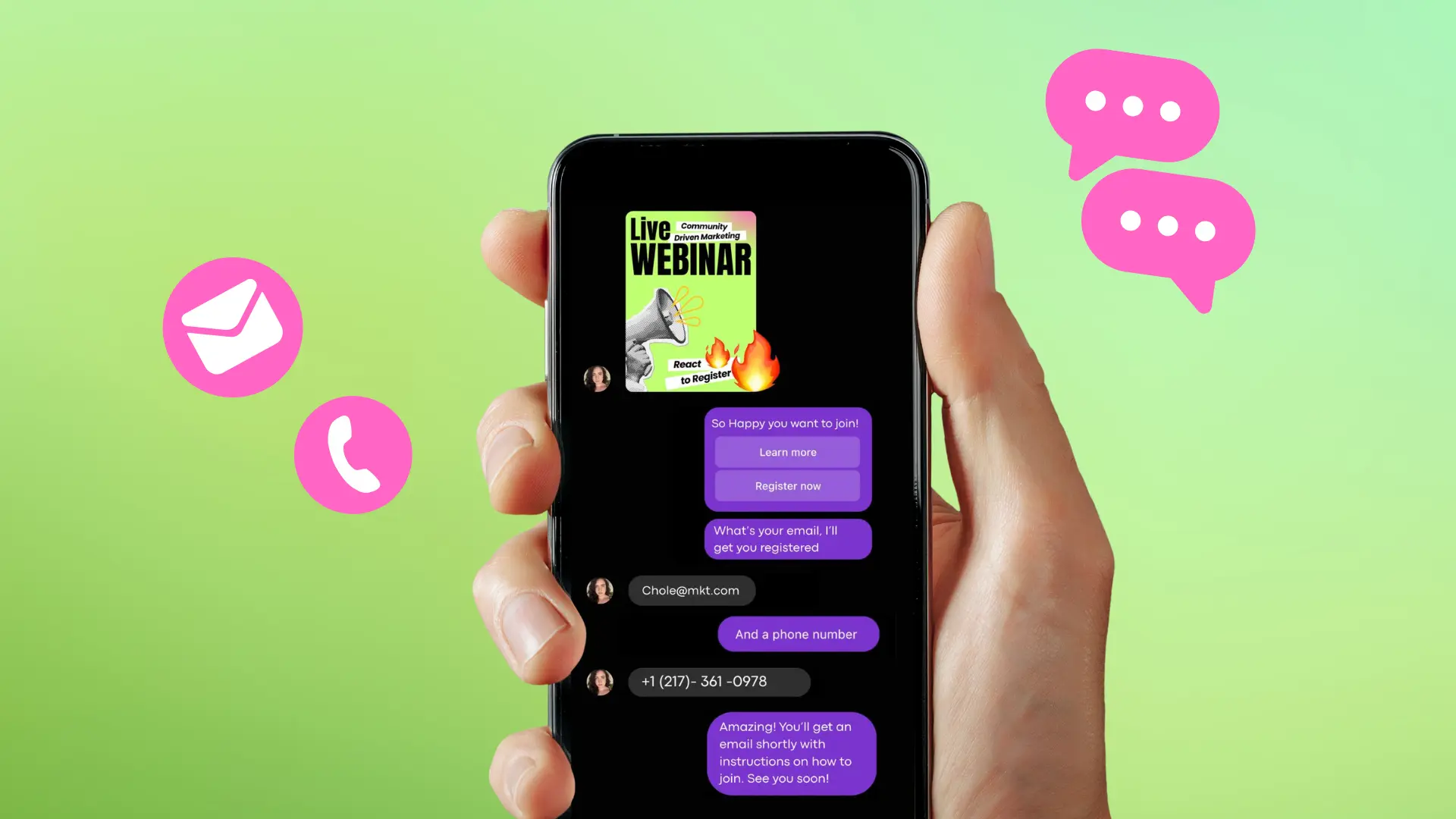
Turn Your DMs Into Lead Gen!
Learn how to collect lead data from your DMs such as email addresses, phone numbers, and more right from your social inbox. If you are not yet automating your DMs your competitors are outpacing you.

How Something Social Saved 75% of Their Time and Increased Revenue by 15%
See how a fast-growing agency improved operations, cut down hours of manual work, and unlocked new revenue opportunities with Vista Social.
New
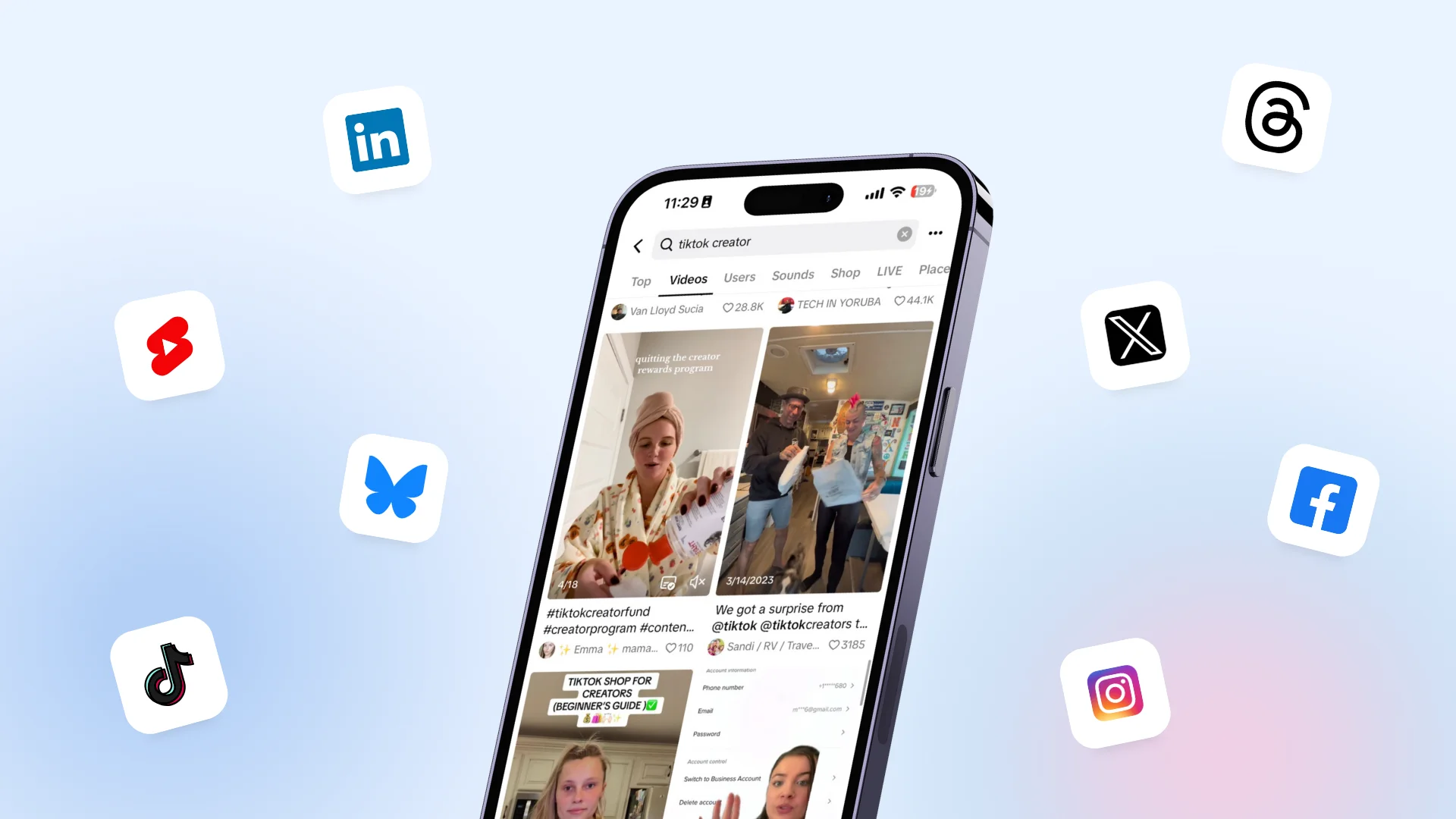
50 Unique Social Media Ideas for Consistent Content Creation
Discover 50 unique social media post ideas to engage your audience, grow your brand, and maintain a consistent content strategy with ease!
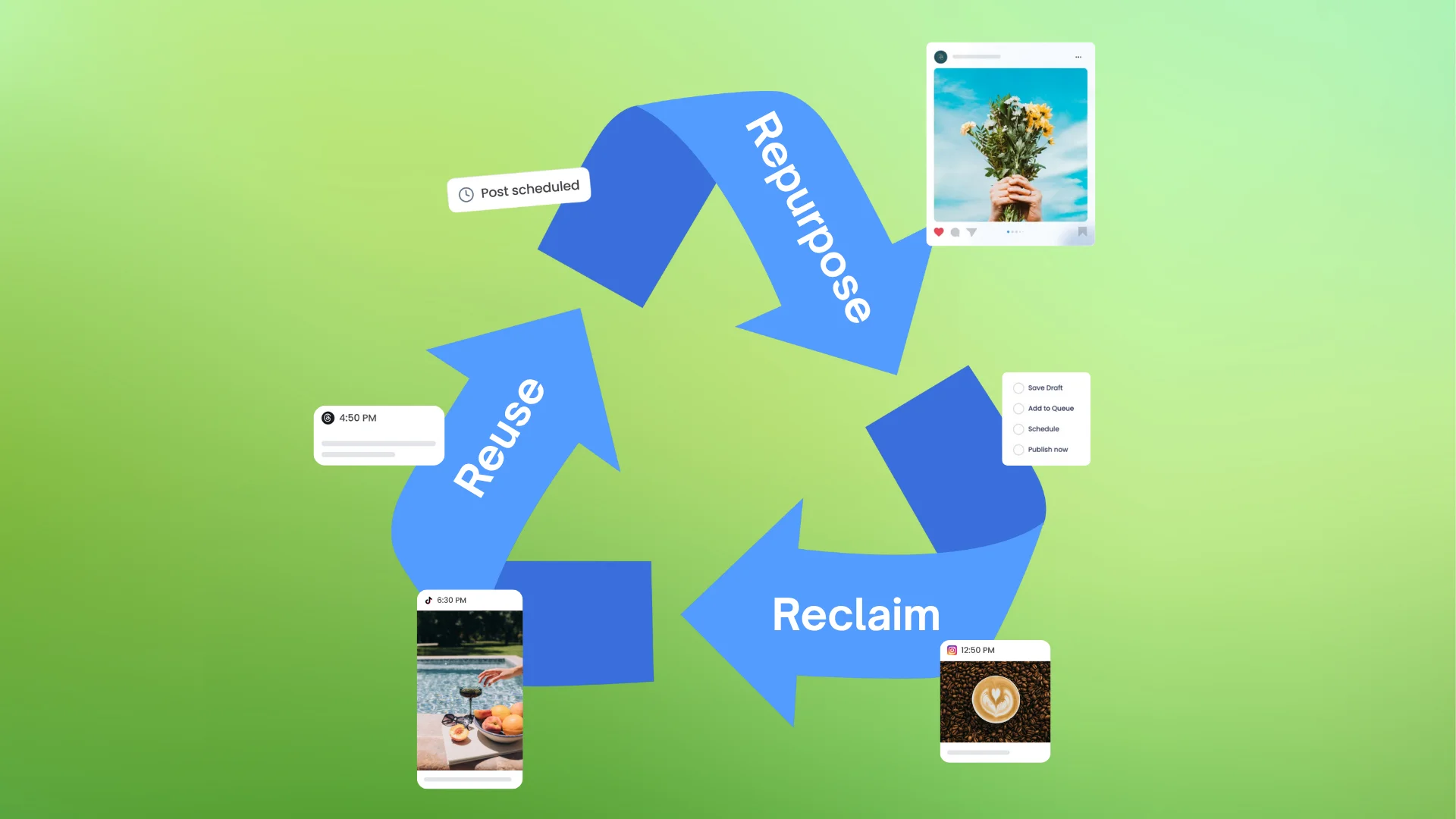
Mastering Content Reuse: The Key to a Consistent and Sustainable Posting Strategy

Table of Content

Image generation tools like Midjourney. I have a test account that I use to kind of demo with Vista Social. And I have this fake coffee shop, Matthews Coffee. Sometimes it shows up in my family or friend’s feeds. They’re like, “Reggie, why are you just taking random pictures of coffee around Toronto?”. And I’m not, you know, I’m kind of generating it.
Hey everyone, welcome back to the Beyond Social podcast. A show where we go behind the scenes on how we’re building an awesome tool for marketers. I’m Reggie, one of your hosts and today Vitalii and I are talking about some awesome uses of AI for marketers. I mean, we’ve seen a ton. AI is all the talk obviously, nowadays, but we want to dive into how marketers can take advantage of it to make their lives easier, right? Yes.
Table of contents
Why AI is Making Such Big Splashes in Marketing
So, I think everybody is well aware of AI’s looming presence. And a lot of products are coming out with AI in them. It looks like a lot of spaces are getting disrupted by AI. From things to basic features in products to do with producing copy and headlines and captions, to image generation, to legal, to intent, even identifying intent and identifying visitors. And so many different products are either already live or there’s a lot of chatter about them coming out.
So, I also wanted to just talk a little bit about the new AI and why is it making such big splashes realistically. As I was getting my computer science degrees many years ago, I had a class on machine learning. So, machine learning is not new in principle. I think what’s new about the AI as we know it today is its ability to produce content, right? To not just answer questions based on certain knowledge, and then you train your models in a particular way, but to actually produce original content. And now, we see that with written copy, with textual content, we see that with music, we see that with art. You know, we see this now everywhere, right? So, AI is now able to produce. And for any kind, for any marketer out there, that’s very interesting because producing content is what marketers do, right? Whether it’s again, whether it’s written copy or imagery and whatnot, graphics.
So, yeah, and so today I guess we’ve kind of decided to spend some time giving out some ideas as to how AI could be used. And we’ll talk about some of the things AI today does well, as well as some of the things that AI perhaps aspires to do well one day.
Caption Generation: The Low-Hanging Fruit
Yeah, I mean, caption generation, like you said, is probably at the forefront of what every marketer is doing right now, right? One way or another, at one point in their career, in the last maybe a year or two, they probably used ChatGPT to help me craft a caption for X, Y or Z. Prompting has become important. I think there’s even the term now, prompt engineering. It sounds so fancy. It’s just about how do I ask ChatGPT in the best way to give me the best output, right? But caption generation, that’s a big one, right? For social.
And captions is what a lot of the work that social media managers do for clients. Arguably, a lot of the work that social media managers do for clients is more around captions, links, and images versus videos, just simply because of the time it takes to produce videos and how custom they are. And I’m referring more to perhaps an agency situation where lots and lots of content has to be produced. And quite a bit of it, you know, I wouldn’t go into like estimating the percentages, but I would argue that quite a bit of content is written still, proper captions, hashtags, mentions, lingo, right? That needs to go into for certain audiences. All of that is about caption.
So, and if you try to sit there designing captions for customers, you know, all day, I think your creativity is going to be exhausted pretty quickly, right? I mean, there’s only so many creative things you can come up with. So, this is where ChatGPT has been tremendously useful. And that’s one of the most basic uses of it, to generate captions. And with or without prompt engineering. So, with or without a, you know, significant degree of skill of asking ChatGPT or any kind of AI tool for things, one would find it quite compelling very quickly. Yeah, right. To be able to go out there and for a particular customer, to quickly ask it to generate a caption, make some tweaks, don’t make any tweaks and and you’re done, right? It’s it’s very compelling and it’s very sort of um hard to resist the temptation to go down that route, because it takes you a fraction of the time to do so. Majority of SMM tools already have that integrated, so you don’t need to, you know, look elsewhere or pay extra for a service.
So, but yeah, you’re right, caption generation has shown the most impressive results, and uh and it’s quite easy to use. It’s quite accessible. Again, most of the SMM tools have it.
Mastering Brand Voice with AI
Yeah, and there’s nuances too, right? Like, you get to the point where you’ve got a caption, and that’s probably baseline, like you’re saying, most of the time could be just, good to go, right? But I think looking at things like paraphrasing, emojis, relevant hashtags, tone of voice. I mean, maybe we just let’s just start at brand voice, right? Because that’s probably really important too. How do you get the AI output of a caption to sound like your brand, to sound like your personal brand? Right, your brand or like more interestingly, somebody else’s brand, right? Right.
So if you are managing multiple brands, right, your perspective on things and your ability to communicate, maybe if you’re lucky, may resonate well with one or two brands, right? May, you know, but it may not. Like, you may be speaking in a completely different manner and and your use of vocabulary is completely ineffective for the audience in question, right? So the way to take yourself out of the picture is on one hand, to use AI. But AI would then also not necessarily account for the brand voice for a particular brand, just like you are not perhaps, or what AI will make. How do you inform the AI of what the brand voice is? And again, with prompt engineering and to sort of simplify that term, it’s basically your ability to ask ChatGPT or AI for something you need, but to do so in a way that gives you the best result from AI, right? And it could be as basic as, hey, please create a social caption about this or that, or it could be more intricate and, you know, there are some articles out there on how to get ChatGPT to perform better. So you are producing, you are asking ChatGPT to, and you can also inform ChatGPT that, hey, there is the brand voice in question. So brand voice is nothing but a statement or a paragraph that defines what this brand voice is, which is essentially what is the tonality or what is the manner in which this brand communicates? What is the ultimate desire of the brand? Interestingly enough, the brand voice itself, you can get AI to help you generate. Yeah.
So, one of the ways I’ve seen it done is uh you would feed in maybe some articles by a brand, some social posts and have AI detect the proper voice. And you can obviously massage it a little bit, but you basically design this paragraph or two or three that defines the brand voice. And then anytime you do your prompt engineering, anytime you do ask for, ask chat, you know, ask AI for that caption, you say, okay, give me the caption about say, situation XYZ, uh, whatever is the current marketing campaign is about, but do so in the brand voice. Right. Right. In AI, you know, it will generate the caption in the brand voice. Depending on the SMM tool you’re using, we certainly have that, you can actually design the brand voice and save it for every one of your brands. That way, it’s a completely seamless process. So anytime you’re ask it for uh, any caption across multiple clients, it just happens automatically. Yeah, but yeah, you’re right, I mean the brand voice is important because it’s very, it’s it’s it’s unlikely that you will speak uh, well to a customer that does, uh, real estate sales, as well as to the customer that does agricultural equipment sales. You know, like these are just completely different audiences, right? And uh, to find better jokes for one versus the other, it’s an impossibility. But again, ChatGPT would not have issues with that.
Using AI to Add Humor to Your Content
Yeah, and we talked about in the previous episode, we talked about metrics that matter most, right? Uh, the fact that funny content just seems to resonate with a broader audience, right? And it creates more engaging posts. You end up with shares, sends, right, all that sort of thing.
And so it’s interesting, because in your example, I’m managing a dozen, two dozen clients in very different segments, very different industries. Understanding the nuances behind what’s funny, what are the lingo terminologies that are used in there, it’s almost impossible, unless I’ve specialized in just that industry. So, being able to use ChatGPT or an AI to to create a funnier, humorous, or to take your your caption idea and turn it into something a little bit more humorous, right? And add those nuances from that industry, that would take a lot longer. Humor is a tremendous weapon, and you’re right, we spoke about that at length in in other episodes.
Uh, it certainly does have a a really funny joke or a funny twist on a certain product pitch, right? It it just makes the pitch, makes the marketing outcome that much more compelling and that much more powerful, right? Our humor ability to produce humor is uh not only is it difficult to produce captions, it’s even more difficult to produce humorous subjects. I mean, I mean humor is just something that comes, it’s inspiration, right? Jokes aren’t just something that you just, you know, produce, you know, non-stop. I mean, unless you were a standup comedian.
Try Vista Social for Free
A social media management platform that actually helps you grow with easy-to-use content planning, scheduling, engagement and analytics tools.
Get Started NowUh, so essentially, how do you get ChatGPT to be humorous? That part is super easy. Uh, you can literally ask through the prompt engineer, you can literally ask prompt ChatGPT to give you some jokes, uh, or to turn something, make something humorous. Now humor is uh, just like our taste in comedians could be very different, right? Like, you know, I like Dave Chappelle and you could be liking, I don’t know, somebody else, you know.
Same thing here too, right? So you would need to kind of like see the humor and through the prompt engineering get the ChatGPT to get you better jokes, right? Or better uh, humorous twists. Um, so yeah, humor is powerful, uh, and whether you use humor that ChatGPT produces as is and just post it or whether you use it just in inspiration. Hey, give me like five jokes, five five funny twists on this idea. And you can literally use it as a research as well, right? To kind of make it.
But yeah, humor is very powerful and um, something that is probably completely outside of day-to-day for most agencies, uh, but no more. This could be now part of the day-to-day for everybody.
Image Generation: The Good, The Bad, and The Weird
And we see the the evolution of AI, right? Like humor, like you mentioned, maybe early, early variations of generative language models, right? Maybe couldn’t quite get it, a little off. We’re definitely at the place now where the humor is great. And I think if we pivot into image generation, right, and how early days, it was so strange. I mean, two heads, three eyeballs, you name it, right? We’re getting to a place now, especially with like tools like Midjourney, right?
Uh, I have a test account that I use to kind of demo with Vista Social, to do some training with customers here and there. And I have this fake coffee shop, Matthews Coffee. Maybe you’re listening, you’re viewing, you you’ve kind of seen it on your social feed. But I’ve used image from, from Midjourney to output some like really cool, nice graphics in Toronto with coffee shop, you know, coffee in the background with this nice window. And sometimes it shows up in my family or friends feeds. They’re like, Reggie, why are you just taking random pictures of coffee around Toronto? And I’m not, you know, I’m kind of generating it.
And that’s great and all, but I think there’s been an evolution of of humans, right? How do we output humans through AI image models? And it it has been evolution, because before, like I said, three eyeballs, all the weird stuff. We’re still at a place where it’s not really perfect yet. I still play around with Midjourney. I’ve got, you know, some tests that I do every once in a while. But the hands and the fingers, it’s not quite right. You know, maybe you end up with a couple extra fingers on the right or the left hand. Um, maybe you end up with two hands. I think I think Ashley from our, our marketing team recently posted on one of our channels on Slack where there might have been a third leg, right? Like, someone’s sitting and then there’s like an extra leg on the side. Like, there’s an extra shoe even. So, it even thought about, hey, this is a leg. If there’s a foot, it needs a shoe, right? So it’s, it’s thinking through that, but maybe not the nuance that most humans don’t have three legs.
I love your enthusiasm uh, on on the subject of image generation, but I find it somewhat problematic if my image has a picture of a person with missing fingers or an extra leg. So for that reason, and for that reason only, uh I would say um image generation is probably best for nonhuman images when it comes to AI.
Um, but certainly, I think what we are talking about here is various uh, tricks, or various things that marketers can begin looking into employing in their day-to-day, right? Um, and I think generating an image for something is probably interesting. Although again, my concern with that is that um, it’s it’s really more akin to finding like a free stock image versus something that is kind of very much resonating with your audience, right? Um, but again, I think through some experimentation, so maybe not so much a coffee shop in Toronto, but maybe a a cup of coffee exploding as confetti on the 4th of July, and just see what that produces. Sorry if I’ve offended anybody. Any with my weird imaginative uh uh example.
Where AI Excels: Written Content and Facts
So, but I think it’s it’s interesting but I think still kind of I would say that the the stronger uses of AI is still sort of in underwritten copy. Whether again, with whether it’s a uh introducing humor or if you are recycling content, whether you are paraphrasing. Um, in the case of advocacy, for example, if you have um shared content for your employees to share, brand voice and um, compliance, right, is kind of important. So, you can certainly use AI to allow employees to paraphrase it, but at the same time, within the compliance. Um, we talked about the humor. Um, and another one more maybe example on the side of written um, captions would be the use of various facts, right? So, it’s it’s one thing to claim uh, and then it’s another to identify a a fact that supports that claim.
Very tedious, right? Yes, you can Google some of that stuff, but you have to go out to another platform. You have to make a conscious effort to do so. AI? Pretty simple. I think recently, you and I have looked at the news generation, right? Uh, find me the news on a certain topic by certain, that involves a certain person, paraphrase it for a certain audience, make it funny. Pretty endless capabilities.
I think for news though, you do have to look at the latest trained models that ChatGPT offers. Um, but even that now becomes a much easier place to source content and have it be paraphrased and have it be sort of improved to fit uh, whatever brand voice you need and made funny potentially. Uh, much easier one-stop shop. And as I said, that type of interface, um, is now pretty much with exception of maybe like things like brand voice or making things funny, but a lot of that is now embedded in most of the SMM tools. I would check the one that you’re using, uh, that our listeners are rather using, just to kind of see the extent of it.
But I would look for things like brand voice integration. I would look for things like humor, uh, facts, paraphrases. So, I think I know that that does not necessarily sound like that now we are sort of almost what, year and a half into this ChatGPT phenomena. These things don’t necessarily sound all that revolutionary. And maybe there was some hope that by now we would have seen other like things that are applicable to the day-to-day of a social media manager that are a little bit more impressive. Uh, but I think even with that, the efforts could be scale, more work could be delivered, uh, results could be that much more impactful, just because the messaging is that much more connected with the brand. Yeah, absolutely.
What’s Coming Next: Video Generation and Beyond
And like you said, there’s things that are working really well. Keep an eye out for, right? The the fixes for the weird finger situation on humans, even opening eyes. Uh, I think Sora is what it’s called. They’re they’re testing out video generation, right? And what is the impact on a video first world that we’re we’re living in right now, right? When you can, I mean, it’s impressive the fact that you can record something and say, hey, turn this into a Transformers type movie where it’s got this visual effects and it’s got this, and it just professionalizes your video.
Um, so there there’s definitely major implications. Not there yet, obviously. I don’t think it’s even been released publicly, right? But something to keep an eye out on the horizon, right? If if you’re working with a brand or a client that wants to adopt video, challenges, you know, I don’t have the resources, don’t have the team, don’t have the time, right? What does it look like to to use some of these AI functionalities to help you to produce maybe just a slideshow or, you know, animated videos. But in the future, maybe it’s full production, right? Or something like that.
The Realistic Future of AI in Marketing
Yeah, and I think the the jury is still out on how far a sort of the current reincarnation of AI will take us with the generative piece. On one hand, it’s promising, it’s so promising in its sort of content generation and ability to generate answers and produce content and and produce music that it it almost feels like it’s almost there to do grander things, like video stuff, etc. At the same time, it’s it’s sometimes difficult with technology to understand if the last 10% is really sort of the last 10% or whether it’s an insurmountable issue to kind of overcome. Like, it feels like it’s almost there, but it’s so I think in like in the next couple years, it will be, it it will, it it will be clear how far this is going to go.
And it’s maybe likely that there will be just certain areas where AI is not going to dominate. Like, there are plenty of uh, industry examples where AI will completely take over humans. And there will be other areas that AI will not be able to. And and I think that’s both the um, perhaps uh, a frustration for those marketers that kind of want ultimately to just click a button or something. Uh, but at the same time, it should be comforting for all the rest of us who kind of still want to have a job, you know, in in a few years. Uh, so, but yeah, totally, totally an exciting area. And I think there are some really great uses for AI today that could make a huge difference uh, to the effectiveness of any marketer. Yeah, absolutely.
Well, hey, thank you again for joining us for this episode. I’m sure you’ve noticed by now, we love talking about AI. So if you have any other topics that you want us to cover with AI, maybe you’ve seen a really cool tool that you want us to investigate, make sure to head over to our website. At the same time, maybe you want to join Vitali and I in an upcoming episode, make sure to leave us some feedback. You can head over to vistasocial.com/podcast and we’ll see you next week.
About the Author
Content Writer
Russell Tan is a content marketing specialist with over 7 years of experience creating content across gaming, healthcare, outdoor hospitality, and travel—because sticking to just one industry would’ve been boring. Outside of her current role as marketing specialist for Vista Social, Russell is busy plotting epic action-fantasy worlds, chasing adrenaline rushes (skydiving is next, maybe?), or racking up way too many hours in her favorite games.
Read with AI
Save time reading this article using your favorite AI tool
Summarize with AI
Never Miss a Trend
Our newsletter is packed with the hottest posts and latest news in social media.
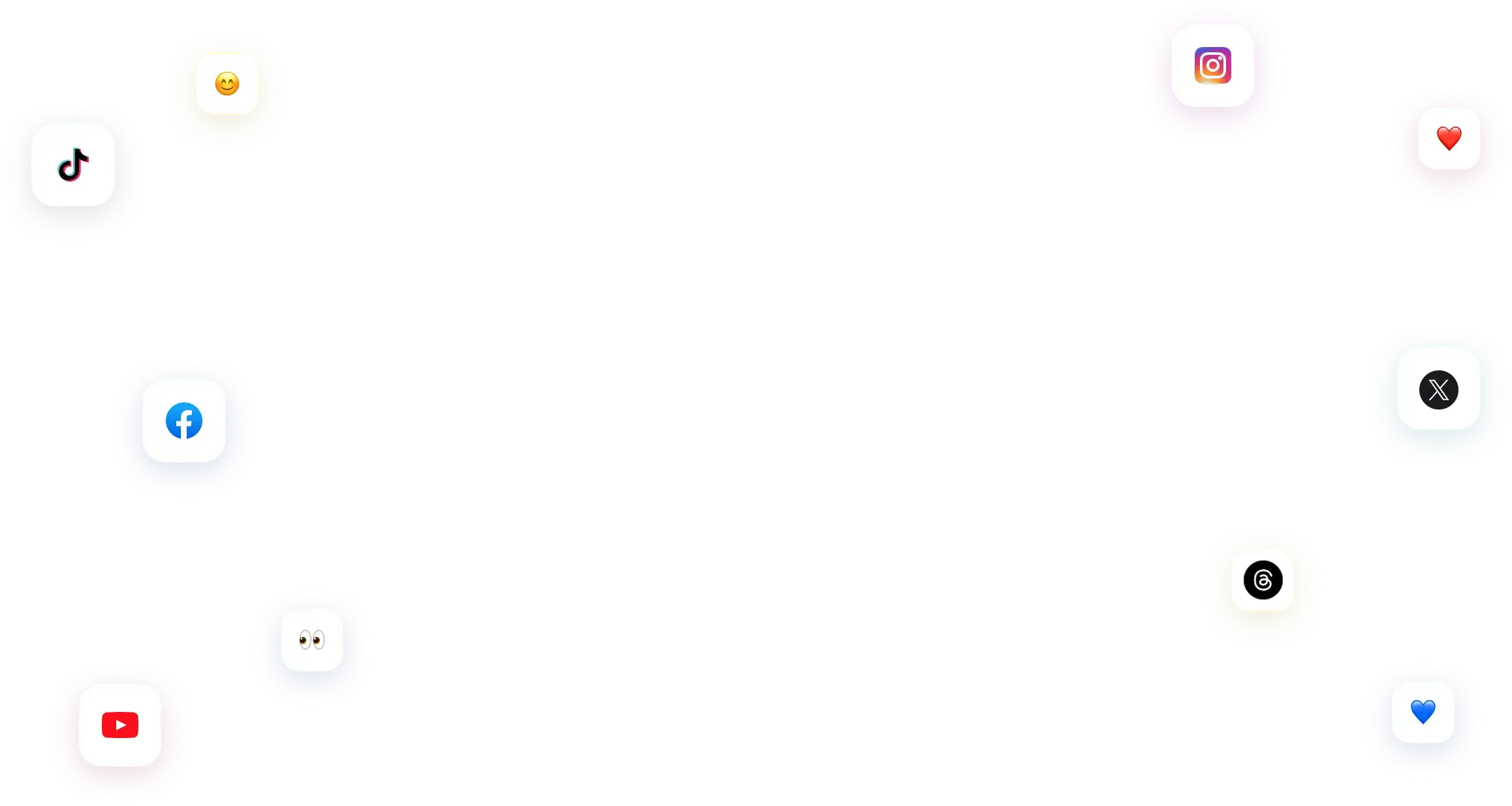
You have many things to do.
Let us help you with social media.
Use our free plan to build momentum for your social media presence.
Or skip ahead and try our paid plan to scale your social media efforts.
P.S. It will be a piece of cake 🍰 with Vista Social
Subscribe to our Newsletter!
To stay updated on the latest and greatest Social Media news. We promise not to spam you!

